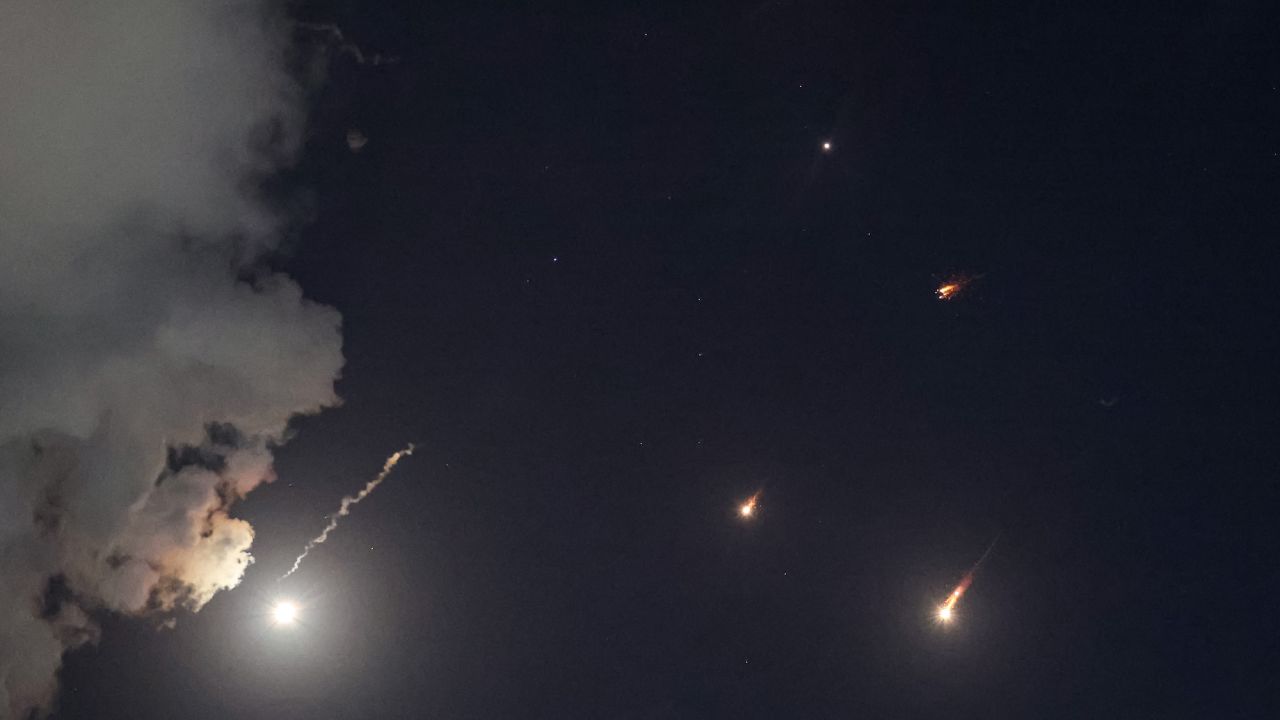Israeli military tanks gather by the Israeli-Lebanon border on September 28.
Ilia Yefimovich/dpa/AP
This week’s ground incursion into southern Lebanon is the latest chapter in a long history of Israel sending its troops into the territory of its northern neighbor.
Here is a timeline of Israel’s previous invasions of Lebanon, one of which lasted years:
1978: Israel first sent troops across the border after members of the Palestinian Liberation Organization (PLO) entered Israel from Lebanon by sea and seized control of a civilian bus, killing dozens of Israelis, according to the IDF.
In response, Israel occupied most of the southern part of the country, despite Lebanon’s claims it had nothing to do with the bus attack. This eventually led to the creation of the United Nations Interim Force in Lebanon, (UNIFIL) tasked with securing Israel’s withdrawal from Lebanon.
19?82: The longest Israeli invasion of Lebanon began in June 1982. Much like this week’s declarations, Israel said the incursion was going to be brief and limited with a mission to destroy the PLO.
But it resulted in a years-long occupation of southern Lebanon and Israeli troops bogged down in a protracted and increasingly unpopular war.
Israeli forces ended up initially taking almost half of Lebanon’s territory including West Beirut. The operation resulted in more than 17,000 deaths, according to contemporary reports, and an Israeli inquiry into a massacre at the Palestinian refugee camps of Sabra and Shatila.
That investigation held Israel indirectly responsible for the massacre that was carried out by Israel-allied right-wing Christian Lebanese fighters. Israeli troops withdrew from West Beirut after that but continued to occupy southern Lebanon until 2000. That conflict also ultimately birthed Hezbollah.
2006: In 2006, Hezbollah militants infiltrated Israel in a surprise attack, killing eight Israeli soldiers and kidnapping two more in an attempt to prompt a prisoner exchange.
Israel retaliated with a massive air operation followed by?a sweeping ground offensive, which ended with a UN-brokered ceasefire.
The month-long war killed about 1,200 people in Lebanon, hundreds of them children, according to Human Rights Watch. Forty-nine Israeli civilians and 121 IDF soldiers were killed, according to the Israeliu military.
A UN commission found the IDF used “excessive, indiscriminate and disproportionate” force against civilians.














































